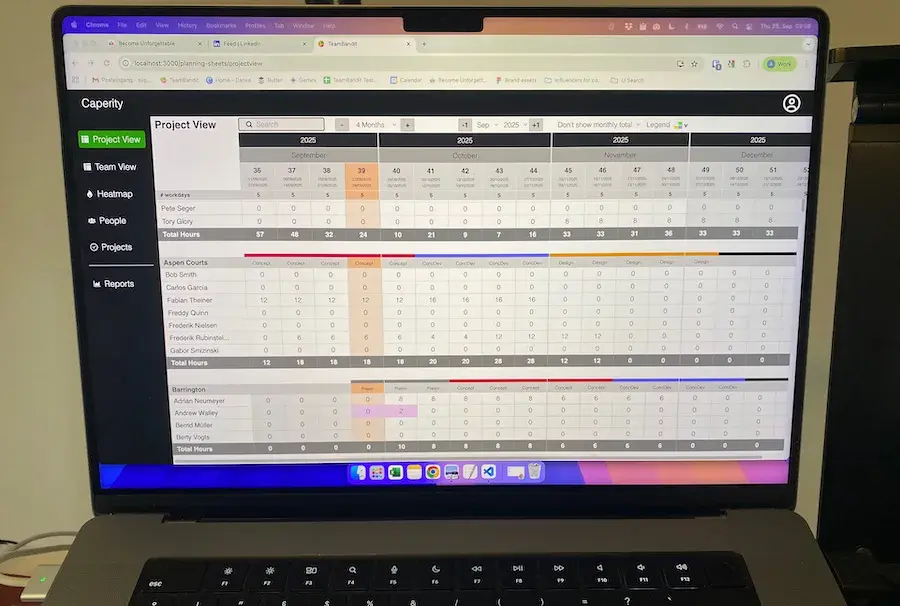Do you feel socially excluded because coworkers use those fancy terms like scope creep?
Don’t worry. I’ve been in project management for ten years and only now did I hear about this term. Let me tell you what scope creep actually means.
What is scope creep?
Let’s cut this word into pieces. There is scope. Scope is the initially agreed “stuff”: What the customer is getting in terms of features, products or results. The scope sets clear limits for what the project is responsible for and what it has to deliver.
Now here’s the “creepy” part: The scope may increase during the course of a project. You start with a list of 10 features the customer wants. Then, additional requests keep popping up like moles on a lawn, and your feature list grows from 10 to 13 to finally 20 features. This is what scope creep means. But it’s actually not that creepy. It happens in almost any project.

There are several reasons for scope creep:
- The project team may discover some conditions were not considered or some requirements were missed out. A requirement that nobody thought of during the initiation phase now becomes known and the project has to take care of it. These are usually requirements that are necessary to achieve the project goal.
- Another reason is that new stakeholders keep coming out of the woodwork, adding more requests to the project. Often this is because no proper stakeholder analysis was done.
- The other reason for scope creep is the customer’s appetite for “more”: More features, more functionality, more automation, more bla bla bla. As you can tell, these kinds of requests are often nice to have things.
Scope creep only becomes problematic when scope basically explodes. When features are added to the project without any control. Then the project may collapse and go over budget.
A typical example of scope creep
Imagine you are an IT consultant, helping your client to replace their IT system.
Day 1: Project kick off
The project starts off with following scope and assumptions:
- assumption: use standard processes provided by the system
- modules: accounting, sales, SCM, procurement, HR not required
- estimated budget: $375,000
3 months into the project
- team discovers that they actually need some HR functionality to cover all of the client’s requirements
- HR module needs to be set up and customized. Additional cost: $6,000
5 months into the project
- During preliminary testing, team realizes that the IT system’s reporting capability doesn’t 100% meet client requirements.
- Some extra reporting has to be implemented. Additional cost: $8,000
- Also, the client doesn’t like the invoice form layout provided by the system. Asks for a custom form to be designed. Additional cost: $5,000
8 months into the project
- Client realizes they have another system which needs to be connected to the new IT system.
- This means additional development effort to build an interface. Additional cost: $17,000
Status at project closing
- initial project budget: $375,000
- number of change requests: 4
- cost of change requests: $36,000
- total actual budget: $411,000 (that is 9,6% over budget) due to scope creep
Was this helpful for you? Leave a comment below
Author
-
Hi, I’m Adrian, a Senior Project Manager and the Creator of Tactical Project Manager, where I teach a pragmatic approach to project management. Led large-scale IT and business projects for over 10 years. My goal is to enable you to lead any project with confidence.
View all posts
